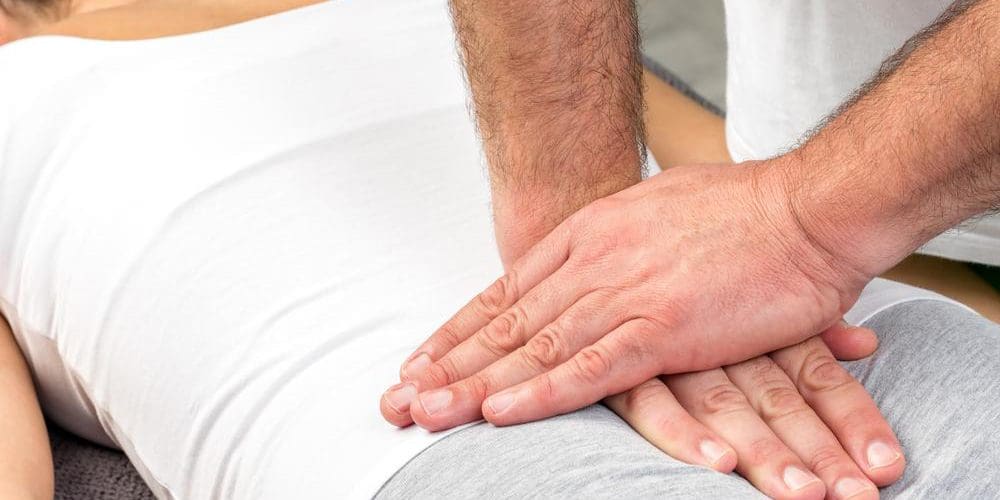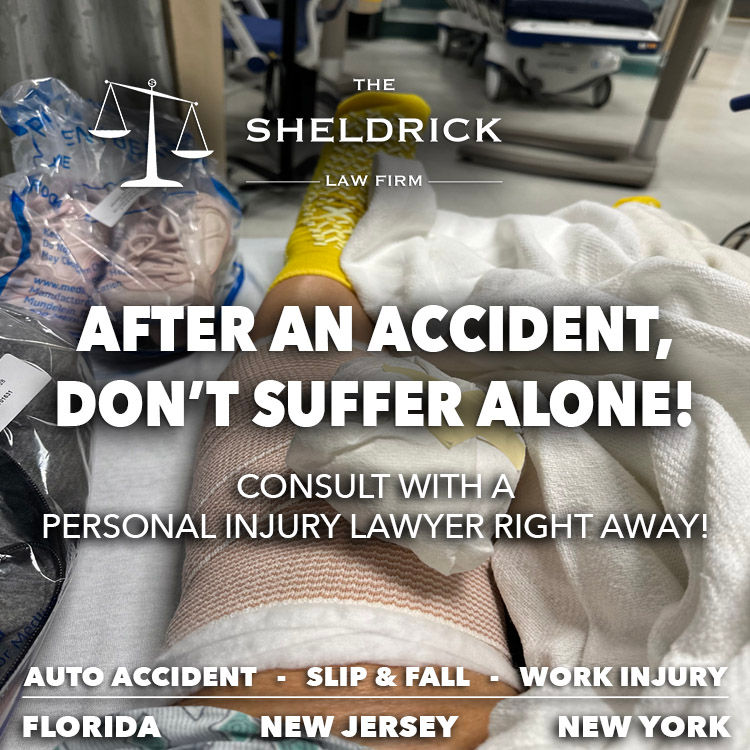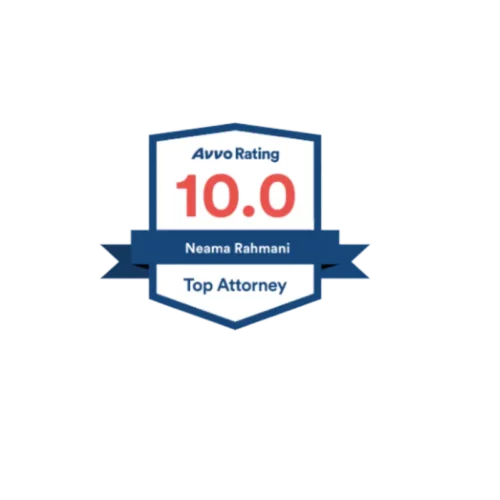Car Accident Tailbone Pain
Tailbone pain after a car accident is a common issue, caused by the impact and pressure on the delicate nerves and muscles. The pain can range from mild to severe, and it can last for days, weeks, or even months. If you’re experiencing tailbone pain after a car accident, it’s important to see a doctor to rule out any serious injuries.
In most cases, tailbone pain after a car accident will resolve on its own with time and rest. However, there are some things you can do to help speed up the healing process. These include:
- Applying ice to the affected area
- Taking over-the-counter pain relievers
- Sitting on a donut-shaped pillow
- Avoiding activities that put pressure on the tailbone
- Seeing a physical therapist
If your tailbone pain is severe or doesn’t improve with home treatment, you may need to see a doctor. Your doctor may recommend surgery to repair the damaged nerves or muscles. In most cases, surgery is successful in relieving tailbone pain.
Symptoms of Tailbone Pain
The most common symptom of tailbone pain is pain in the tailbone area. The pain can be sharp, dull, or throbbing. It may also be worse when you sit down, stand up, or walk. Other symptoms of tailbone pain can include:
- Bruising or swelling in the tailbone area
- Numbness or tingling in the tailbone area
- Difficulty urinating or defecating
- Pain that radiates down the legs
If you’re experiencing any of these symptoms, it’s important to see a doctor to rule out any serious injuries.
Causes of Tailbone Pain
Tailbone pain can be caused by a variety of factors, including:
- Car accidents: The impact of a car accident can put pressure on the tailbone, causing pain and injury.
- Falls: Falling on your buttocks can also cause tailbone pain.
- Childbirth: The pressure of the baby’s head during childbirth can put pressure on the tailbone, causing pain.
- Obesity: Excess weight can put pressure on the tailbone, causing pain.
In some cases, tailbone pain can also be caused by underlying medical conditions, such as arthritis or a tumor. If you’re experiencing tailbone pain, it’s important to see a doctor to rule out any serious underlying conditions.
Diagnosis of Tailbone Pain
To diagnose tailbone pain, your doctor will ask you about your symptoms and medical history. They will also perform a physical examination, which will include pressing on your tailbone to check for pain and tenderness.
In some cases, your doctor may order imaging tests, such as an X-ray or MRI, to rule out any serious underlying conditions.
Treatment of Tailbone Pain
The treatment for tailbone pain will depend on the cause of the pain. In most cases, tailbone pain will resolve on its own with time and rest. However, there are some things you can do to help speed up the healing process. These include:
- Applying ice to the affected area: Ice can help to reduce pain and swelling.
- Taking over-the-counter pain relievers: Over-the-counter pain relievers, such as ibuprofen or acetaminophen, can help to relieve pain.
- Sitting on a donut-shaped pillow: A donut-shaped pillow can help to relieve pressure on the tailbone.
- Avoiding activities that put pressure on the tailbone: Avoid activities that put pressure on the tailbone, such as sitting for long periods of time or riding a bike.
- Seeing a physical therapist: A physical therapist can teach you exercises to help strengthen the muscles around the tailbone.
If your tailbone pain is severe or doesn’t improve with home treatment, you may need to see a doctor. Your doctor may recommend surgery to repair the damaged nerves or muscles. In most cases, surgery is successful in relieving tailbone pain.
If you’re experiencing tailbone pain after a car accident, it’s important to see a doctor to rule out any serious injuries. Treatment for tailbone pain will depend on the cause of the pain, but there are a number of things you can do to help speed up the healing process.
Car Accident Tailbone Pain: A Comprehensive Guide
If you’ve been unfortunate enough to endure a car accident, you know firsthand the potential for injuries. One common injury that often goes unnoticed or overlooked is tailbone pain. This nagging discomfort can make even the simplest tasks, like sitting or walking, an ordeal.
If you’re experiencing tailbone pain after a car accident, you’re not alone. In this article, we’ll explore the symptoms, causes, and treatment options for this condition. By understanding what’s causing your pain, you can take steps to alleviate it.
Symptoms of Tailbone Pain After a Car Accident
Tailbone pain after a car accident can manifest in various ways, depending on the severity of the injury. Some common symptoms include:
- Sharp, throbbing pain at the base of the spine
- Tenderness and bruising around the tailbone
- Difficulty sitting or walking
- Numbness or tingling in the buttocks or legs
- Pain that worsens with prolonged sitting or standing
If you experience any of these symptoms after being involved in a car accident, seek medical attention promptly. Early diagnosis and treatment can help prevent the pain from becoming chronic.
Causes of Tailbone Pain After a Car Accident
Car accidents can cause tailbone pain in several ways:
- Direct impact: A direct blow to the tailbone, such as from the steering wheel or dashboard, can damage the bone or surrounding tissues.
- Ligament damage: The ligaments that connect the tailbone to the pelvis can be stretched or torn during a car accident, leading to instability and pain.
- Muscle strain: The muscles that support the tailbone can be strained or torn due to the forceful impact of the accident.
- Disk herniation: In some cases, a car accident can cause a spinal disk to herniate and press on the nerves that run near the tailbone, resulting in pain.
Understanding the cause of your tailbone pain can help guide the most appropriate treatment plan.
Car Accident Tailbone Pain: Don’t Suffer in Silence
Tailbone pain can be a debilitating consequence of a car accident, leaving you in agony and struggling to carry on with daily life. If you’re experiencing this type of pain, don’t ignore it – seeking medical attention is crucial. In this article, we’ll delve into the diagnosis, treatment, and prevention of tailbone pain following a car accident.
Diagnosis of Tailbone Pain After a Car Accident
Diagnosing tailbone pain involves a meticulous physical examination by a medical professional. They’ll gently press on your tailbone to assess your level of discomfort and check for any tenderness or swelling. Imaging tests like X-rays or MRIs may also be recommended to rule out other underlying injuries, such as fractures or nerve damage.
Treatment Options for Tailbone Pain
The treatment plan for tailbone pain will vary depending on the severity of your injury but typically involves a combination of pain relievers, physical therapy, and lifestyle modifications. Pain relievers can help reduce inflammation and provide some relief, while physical therapy exercises can strengthen the muscles around your tailbone and improve mobility. Lifestyle modifications, such as avoiding prolonged sitting or using a donut cushion, can also help alleviate discomfort.
Preventing Tailbone Pain After a Car Accident
While not always preventable, there are steps you can take to reduce your risk of developing tailbone pain after a car accident. Wearing a seatbelt properly can significantly minimize the impact on your tailbone in the event of a collision. Additionally, maintaining a healthy weight and practicing good posture can help keep the muscles around your tailbone strong and reduce stress on the area.
Seeking Professional Help for Tailbone Pain
If you’re experiencing tailbone pain after a car accident, don’t hesitate to seek professional help. A medical evaluation can rule out any underlying injuries and ensure you receive the appropriate treatment. Tailbone pain can be a nuisance, but with prompt medical attention and a tailored treatment plan, you can get back on the road to recovery and reclaim your quality of life.
Car Accident Tailbone Pain: What You Need to Know
Car accidents are often traumatic experiences that can lead to a variety of injuries, including tailbone pain. The tailbone, also known as the coccyx, is a small bone located at the base of the spine. It is made up of four fused vertebrae and serves as an attachment point for muscles and ligaments. When the tailbone is injured, it can cause pain, tenderness, and difficulty sitting or walking.
Symptoms of Tailbone Pain
The symptoms of tailbone pain can vary depending on the severity of the injury. Some people may experience only mild discomfort, while others may have severe pain that makes it difficult to perform everyday activities. Common symptoms of tailbone pain include:
- Pain when sitting or standing
- Tenderness to the touch
- Bruising or swelling
- Difficulty walking or standing
- Numbness or tingling in the buttocks or legs
Causes of Tailbone Pain
Tailbone pain can be caused by a variety of factors, including:
- Car accidents
- Falls
- Direct blows to the tailbone
- Childbirth
- Repetitive stress
- Certain medical conditions, such as arthritis or osteoporosis
Treatment for Tailbone Pain After a Car Accident
Treatment for tailbone pain after a car accident will depend on the severity of the injury. In most cases, treatment will focus on relieving pain and inflammation and improving mobility. Treatment options may include:
- Rest
- Ice
- Pain medication
- Physical therapy
- Injections
In some cases, surgery may be necessary to repair a damaged tailbone. However, surgery is rarely necessary and is typically only considered if other treatments have failed to relieve pain.
Prevention of Tailbone Pain
There are a few things you can do to prevent tailbone pain, including:
- Wear a seatbelt when driving or riding in a car
- Use a coccyx cushion when sitting for long periods of time
- Avoid activities that put stress on the tailbone, such as heavy lifting or contact sports
- Maintain a healthy weight
- Strengthen the muscles around the tailbone with exercises such as pelvic tilts and bridges
If you experience tailbone pain after a car accident, it is important to see a doctor to rule out any serious injuries. Treatment for tailbone pain can help to relieve pain and improve mobility, so you can get back to your normal activities as soon as possible.
Tailbone Pain After a Car Accident
I’ve heard it said that the tailbone is a pain in the butt, but after a car accident, the sentiment couldn’t be more true (literally). The tailbone, or coccyx, is a small bone structure located at the base of the spine and composed of three to five fused vertebrae. After a car accident, this sensitive area can suffer from pain, bruising, and inflammation that can linger for weeks, even months. While some cases resolve without treatment, many times medical intervention is necessary to help expedite the healing process and reduce pain.
Symptoms of Tailbone Pain
Similar to other injuries, the symptoms of tailbone pain can range from mild to severe. Some common symptoms include pain when sitting, standing, or lying down; tenderness to the touch; bruising or swelling; and difficulty with bowel movements. In extreme cases, nerve damage can occur which may result in numbness or tingling of the buttocks or legs. If you experience any of these symptoms following a car accident, it’s crucial to seek medical attention promptly.
Seeking Medical Attention
If you’re experiencing tailbone pain after a car accident, don’t hesitate to seek medical attention right away. While pain may subside on its own over time, early intervention can help speed up the healing process and prevent complications. Be sure to tell your doctor about any symptoms you’re experiencing, including the severity and how it affects your daily life. They will perform a physical exam to check for tenderness, swelling, and other signs of injury. Depending on the severity of your condition, your doctor may recommend treatment options such as pain relievers, physical therapy, or injections.
Treatment Options
The treatment for tailbone pain after a car accident depends on the severity of the injury. In most cases, conservative treatments such as rest, ice, and over-the-counter pain relievers are enough to alleviate symptoms. However, some people may require more aggressive interventions like physical therapy, injections, or even surgery. Let’s delve into each of these treatment options in more detail:
Rest
One of the most important things you can do to help your tailbone heal is to get plenty of rest. Avoid sitting for long periods of time, and try to stay off your feet as much as possible. If you have to sit, use a pillow or cushion to support your tailbone. Rest helps reduce inflammation and allows the injured tissues time to heal.
Ice
Applying ice to your tailbone can help reduce pain and inflammation. Ice packs should be applied for 15-20 minutes at a time, several times a day. You can also use a cold compress or sit in a cold bath. Ice helps numb the pain and reduce swelling.
Over-the-Counter Pain Relievers
Over-the-counter pain relievers, such as ibuprofen or acetaminophen, can help relieve pain and inflammation. Be sure to follow the directions on the package carefully. Do not take more than the recommended dosage.
Physical Therapy
Physical therapy can help strengthen the muscles around your tailbone and improve your posture. This can help reduce pain and improve your range of motion. Physical therapy exercises may include pelvic tilts, bridges, and squats.
Injections
In some cases, your doctor may recommend injections to help relieve pain. Injections can be given directly into the tailbone or into the nerves that supply the tailbone. Injections can provide long-lasting relief from pain.
Surgery
Surgery is rarely necessary to treat tailbone pain. However, it may be an option if other treatments have not been successful. Surgery can involve removing part of the tailbone or fusing the tailbone to the pelvis. Surgery can be a major procedure, so it is important to discuss the risks and benefits with your doctor before making a decision.
Recovery from Tailbone Pain After a Car Accident
Recovery time varies, but most people can expect gradual improvement over several weeks or months with proper care. During this time, it is important to follow your doctor’s instructions carefully and to avoid activities that may aggravate your pain. With patience and perseverance, you can eventually recover from tailbone pain and get back to your normal life.
Car Accident Tailbone Pain: Prevention and Treatment
Car accidents are a leading cause of tailbone pain, a condition also known as coccydynia. The tailbone, or coccyx, is a small bone located at the base of the spine. It is made up of several vertebrae that are fused together. Tailbone pain can range from mild to severe and can make it difficult to sit, stand, or walk. In some cases, tailbone pain can also lead to other problems, such as headaches, back pain, and constipation.
If you have been in a car accident and are experiencing tailbone pain, it is important to see a doctor to rule out any other injuries. Once any other injuries have been ruled out, your doctor can recommend treatment options for your tailbone pain.
Prevention of Tailbone Pain After a Car Accident
There are several things you can do to prevent tailbone pain after a car accident:
- Wear a seatbelt. Seatbelts help to keep you in place during a collision and can help to prevent tailbone injuries.
- Maintain proper posture while driving. Avoid slouching or leaning forward while driving. Sit up straight and keep your shoulders relaxed.
- Take breaks while driving. If you are driving for long periods of time, take breaks to get out and stretch your back and legs. This will help to prevent muscle stiffness and pain.
- Use a lumbar support pillow. A lumbar support pillow can help to support your lower back and prevent tailbone pain.
- Strengthen your core muscles. Strong core muscles can help to stabilize your spine and prevent tailbone pain.
- Lose weight if you are overweight or obese. Excess weight can put pressure on your tailbone and cause pain.
Treatment of Tailbone Pain After a Car Accident
There are several treatment options available for tailbone pain after a car accident.
- Rest. Resting your tailbone can help to reduce pain and inflammation.
- Ice. Applying ice to your tailbone can help to reduce pain and swelling.
- Heat. Applying heat to your tailbone can help to relax muscles and relieve pain.
- Medication. Over-the-counter pain relievers, such as ibuprofen or acetaminophen, can help to reduce pain.
- Physical therapy. Physical therapy can help to strengthen your core muscles and improve your posture.
- Surgery. In some cases, surgery may be necessary to treat tailbone pain.
When to See a Doctor
If you have tailbone pain after a car accident, it is important to see a doctor if:
- The pain is severe.
- The pain does not improve with home treatment.
- You have other symptoms, such as numbness or tingling in your legs or feet.
- You have difficulty sitting, standing, or walking.





Leave a Reply